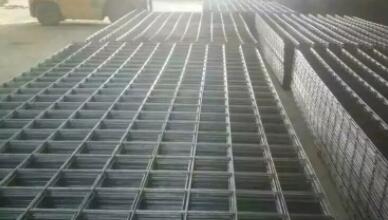Types of Nails Used in Construction
Nails are essential fasteners in the construction industry, serving numerous purposes from joining pieces of wood to securing metal structures. Understanding the different types of nails and their specific applications can significantly improve the integrity and durability of construction projects. This article explores the various types of nails commonly used in construction, detailing their features and applications.
1. Common Nails
Common nails are among the most widely used fasteners in construction. They feature a flat head, a smooth shank, and are available in various lengths and diameters. Common nails are primarily used for framing, sheathing, and other structural applications due to their strength and ability to hold heavy loads. Their design allows for easy driving into wood surfaces, making them a preferred choice for many builders.
2. Finish Nails
Finish nails are smaller and thinner than common nails. They have a smaller head and are designed for applications where a neat appearance is essential, such as in trim work or cabinetry. Finish nails can be driven into the surface and often recessed or countersunk to hide the nail hole, allowing for a smooth, aesthetically pleasing finish. Due to their delicate nature, they are best suited for light applications.
3. Brad Nails
Brad nails are even thinner than finish nails, making them ideal for very lightweight applications. Typically used in decorative trim, furniture assembly, and craft projects, brad nails provide a less aggressive fastening option that won't split the wood. These nails usually measure around 18 gauge in thickness and are often used with pneumatic nailers for quick and easy application.
Roofing nails are specifically designed for securing roofing materials, including shingles and underlayment. They usually have a wide, flat head to hold materials in place and a sharp point for easy penetration through roofing materials. Roofing nails are traditionally galvanized to withstand harsh weather conditions and prevent rust. It is vital to choose the correct length and style of roofing nail to ensure a secure installation.
types of nails construction

5. Masonry Nails
Masonry nails are designed for fastening materials to concrete, brick, or masonry surfaces. These nails are typically made from hardened steel to withstand the density of masonry. They have a sharp tip for easier penetration into tough surfaces and often feature a fluted shank for better grip. Masonry nails are commonly used in brickwork, tile work, and other projects involving solid surfaces.
6. Duplex Nails
Duplex nails, also known as double-headed nails, have two heads that make them easy to remove. The second head is positioned higher on the shank, allowing builders to drive the nail into place and easily extract it later. This nail type is particularly useful in temporary structures, such as scaffolding or formwork, where quick disassembly may be necessary.
7. Spiral and Ring Shank Nails
Spiral and ring shank nails are designed to provide maximum holding power. The spiral or ringed grooves along the shank create friction when driven into the wood, making them particularly resistant to pull-out. These nails are ideal for decking, siding, and heavy-duty construction applications. They are available in various lengths and coatings for added durability.
8. Structual Steel Nails
Structural steel nails, also known as lag nails or lag screws, are larger, heavier nails used in heavy construction applications. They are commonly employed for structural connections that must withstand significant shear and tensile loads. Often used in timber framing and infrastructure projects, these nails require pre-drilling due to their thickness.
Conclusion
Understanding the various types of nails available in construction is essential for ensuring the proper application and durability of a project. The right nail type not only improves the strength and aesthetics of the construction but also enhances safety and longevity. Whether you are framing a house, installing trim, or working on a DIY project, selecting the appropriate nails is crucial for achieving the best results. By familiarizing oneself with these different nail types, builders and DIY enthusiasts alike can make informed choices that augment the overall quality and functionality of their work.

















